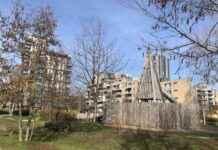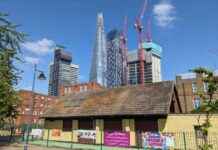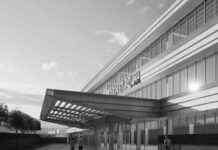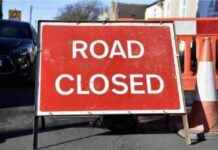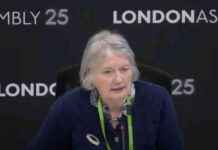Sir Sadiq Khan, the Mayor of London, has caused quite a stir with his recent announcement to consider releasing Green Belt land for new housing. This move is part of a larger shift in strategy aimed at significantly increasing the housing supply in the capital. The Mayor’s decision to explore this controversial option has sparked intense discussions about the future of housing in London, as well as its impact on the city’s overall prosperity. Leading planning expert KC Zack Simons has emphasized the critical importance of Khan’s review, stating that it will have far-reaching implications for both housing goals and national economic growth in the coming decades.
Khan’s proposal includes the possibility of developing large-scale housing projects with 10,000 or more homes on Green Belt land that was previously deemed untouchable. While this announcement may have come as a surprise to some, the Mayor had already hinted at his new approach earlier this year during the Enfield Local Plan examination. The potential release of Green Belt land is not limited to Enfield, as other areas such as Bromley, Havering, and Hillingdon are also being considered. Additionally, Khan is exploring opportunities for collaboration with neighboring regions to address the housing shortage in London.
In his review, Khan will focus on Green Belt land, while separately-designated Metropolitan Open Land (MOL) will remain protected from development. However, areas of MOL that are not accessible to the public and have limited biodiversity may be repurposed for housing, a move that has been welcomed by campaigners. The Mayor’s consultation document, titled “Towards a new London Plan,” highlights the need for a more concise and strategic approach to development, addressing criticisms of the current plan’s complexity and hindrance to progress.
Despite the emphasis on Green Belt initiatives, Khan remains committed to prioritizing brownfield sites for new development. The challenge of meeting the government’s target of 88,000 new homes annually will require increased density in both town centers and smaller sites. This could mean taller buildings becoming more common in London, with a potential redefinition of what constitutes a “tall” structure. Khan is also considering adjustments to the affordable housing rules for larger developments to ensure their viability and attractiveness to developers.
The Mayor’s proposed changes extend beyond housing to include updates to the list of “opportunity areas” and potential revisions to protections for industrial land. Central Activities Zone boundaries may be altered to promote employment and business growth, while town centers and high streets are set to undergo a more flexible approach to revitalization. Furthermore, advancements in technology, such as the use of drones and flying taxis, will shape the future of transportation and delivery services in London, requiring additional considerations in the new plan.
The public consultation on these proposals is ongoing, with opportunities for feedback and engagement until June 22nd. The revised London Plan is expected to be published for consultation in 2026, marking a significant milestone in the city’s development strategy. As London continues to evolve and grow, Mayor Khan’s vision for a more dynamic and sustainable housing market will play a crucial role in shaping the capital’s future.













